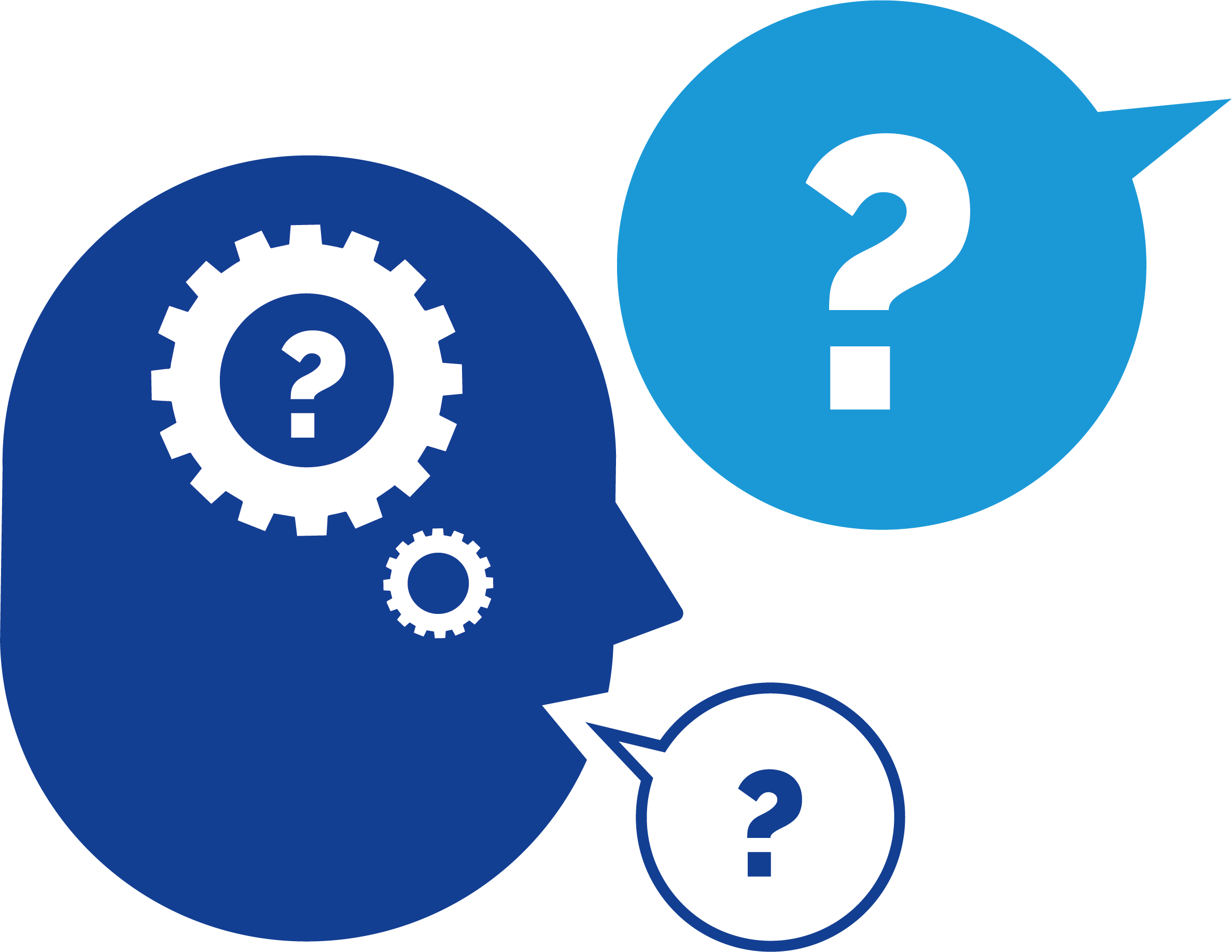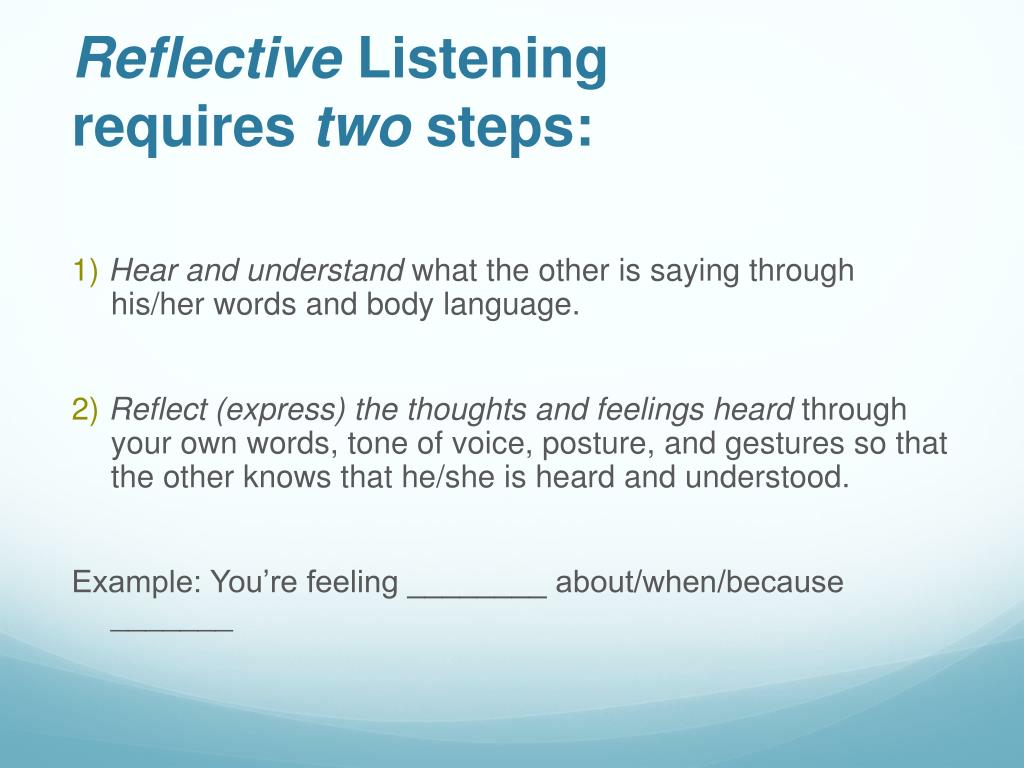

In The Mandt System we say that it helps people to “name their pain.” If people know what they are feeling and can start to understand that often our behavior has a direct correlation to our emotions it puts people in a position to affirm how they feel so they can make decisions about how to use their behavior in different ways.īy engaging in thoughtful and purposeful reflective listening you can make better and deeper connections with the people you serve. What is reflective listening In its simplest form, it’s a response that paraphrases or mirrors the spoken content of a person’s statement. People sometimes have a difficult time putting their finger on what emotion they are actually feeling.

We may also use this to help people to better identify their feelings. It helps to show that we have a deeper understanding of how the person feels. Summarize what the speaker has said, without just regurgitating back to them exactly what they’ve said. Stopping what you are doing, focusing in and really listening to others matters. You will definitely need to minimize all other distractions (including internal noise) so that you can be fully present and involved in the current communication. Reflective listening is easy to do if you sincerely care about others. Reflective listening is a way of checking-in with ourselves because the slowed down communication allows us to have the time to reflect on what is most important. 1 It attempts to 'reconstruct what the client is thinking and feeling and to relay this understanding back to the client'. Mirror the mood and emotions of the speaker. Reflective listening is a communication strategy involving two key steps: seeking to understand a speaker's idea, then offering the idea back to the speaker, to confirm the idea has been understood correctly.

Other things to keep in mind – be open to the person’s perspective (even if you don’t agree with their perspective). These skills can be used by counselors to demonstrate their empathy to clients, make the counseling session go 'deeper', & increase clients' awareness of their emotions, cognitions, & behaviors. We can do that by paying close attention to what people are saying to us (with their words) but by also focusing on the rest of that communication – what does their body language tell us? How does their voice sound as they are speaking to us? We may have to ask some clarifying questions to make sure that our perception is correct. Summarizing, paraphrasing, and reflecting are probably the three most important & most commonly used microskills. The key points to remember for successful reflective listening is that our goal is to fully understand the person’s feelings and ideas. As with everything – practice makes perfect! Reflective listening is often a difficult skill to master.


 0 kommentar(er)
0 kommentar(er)
